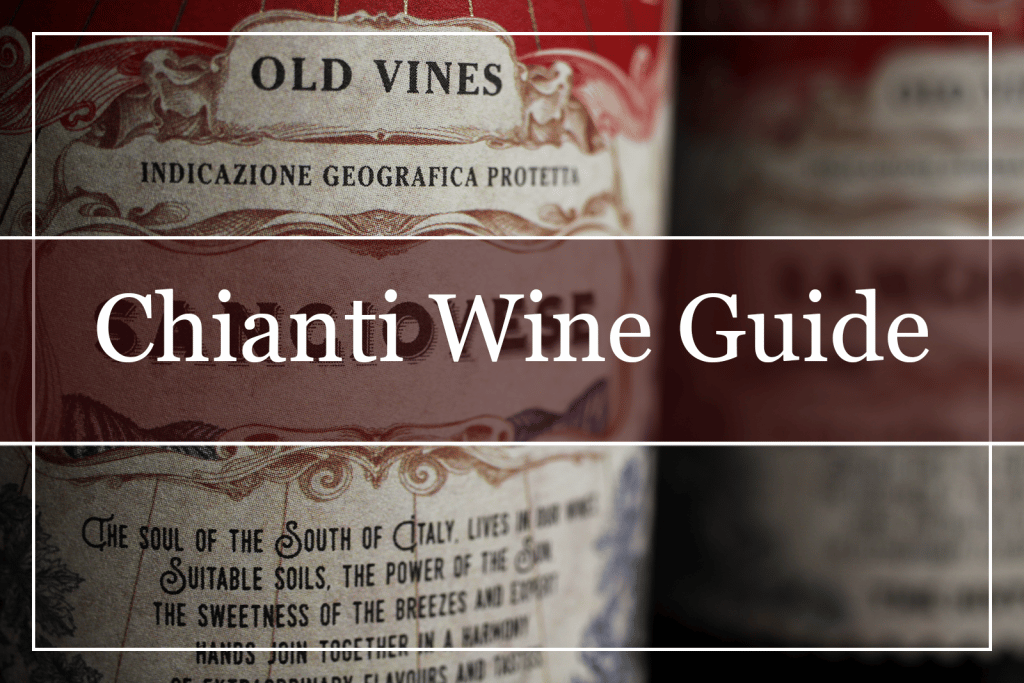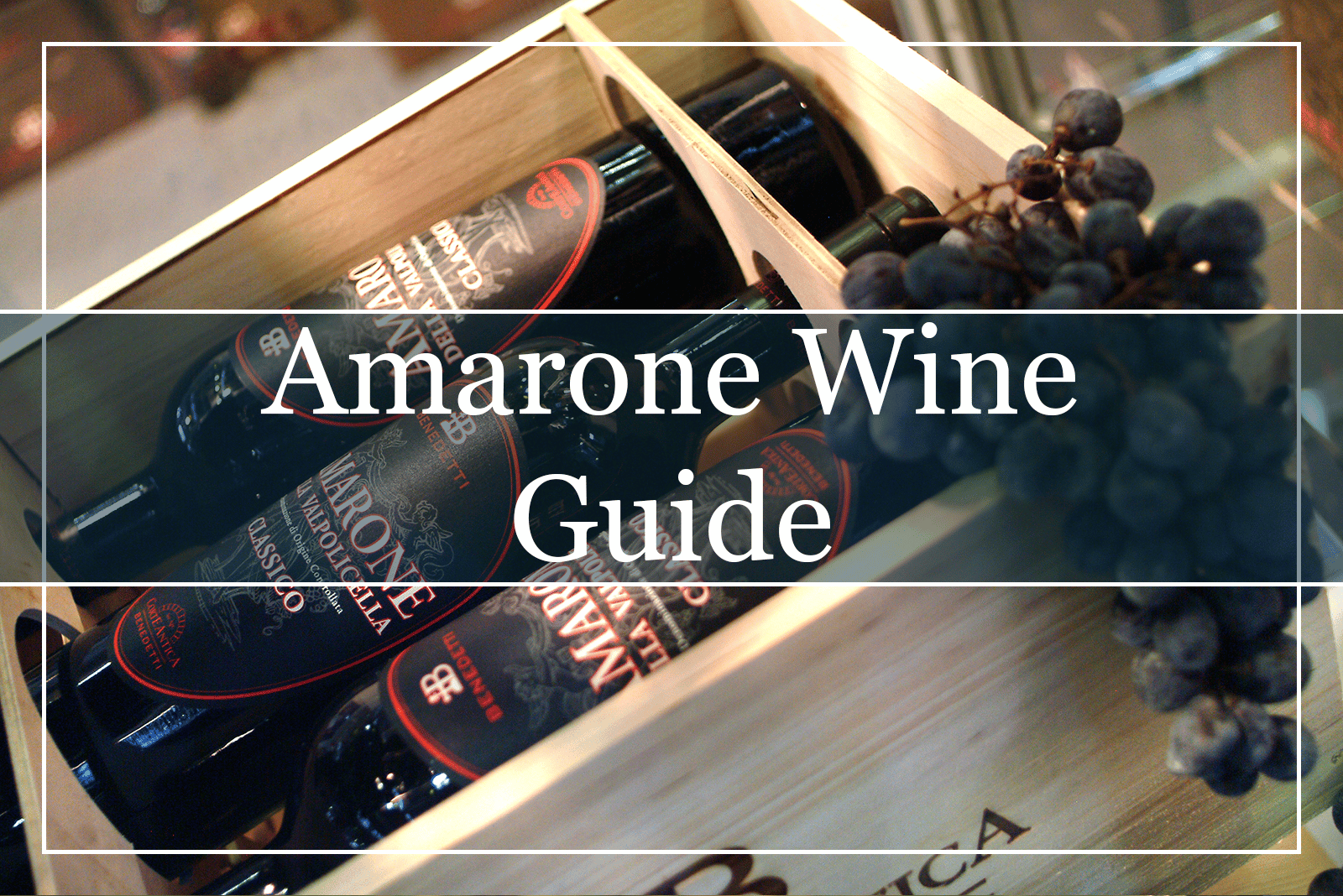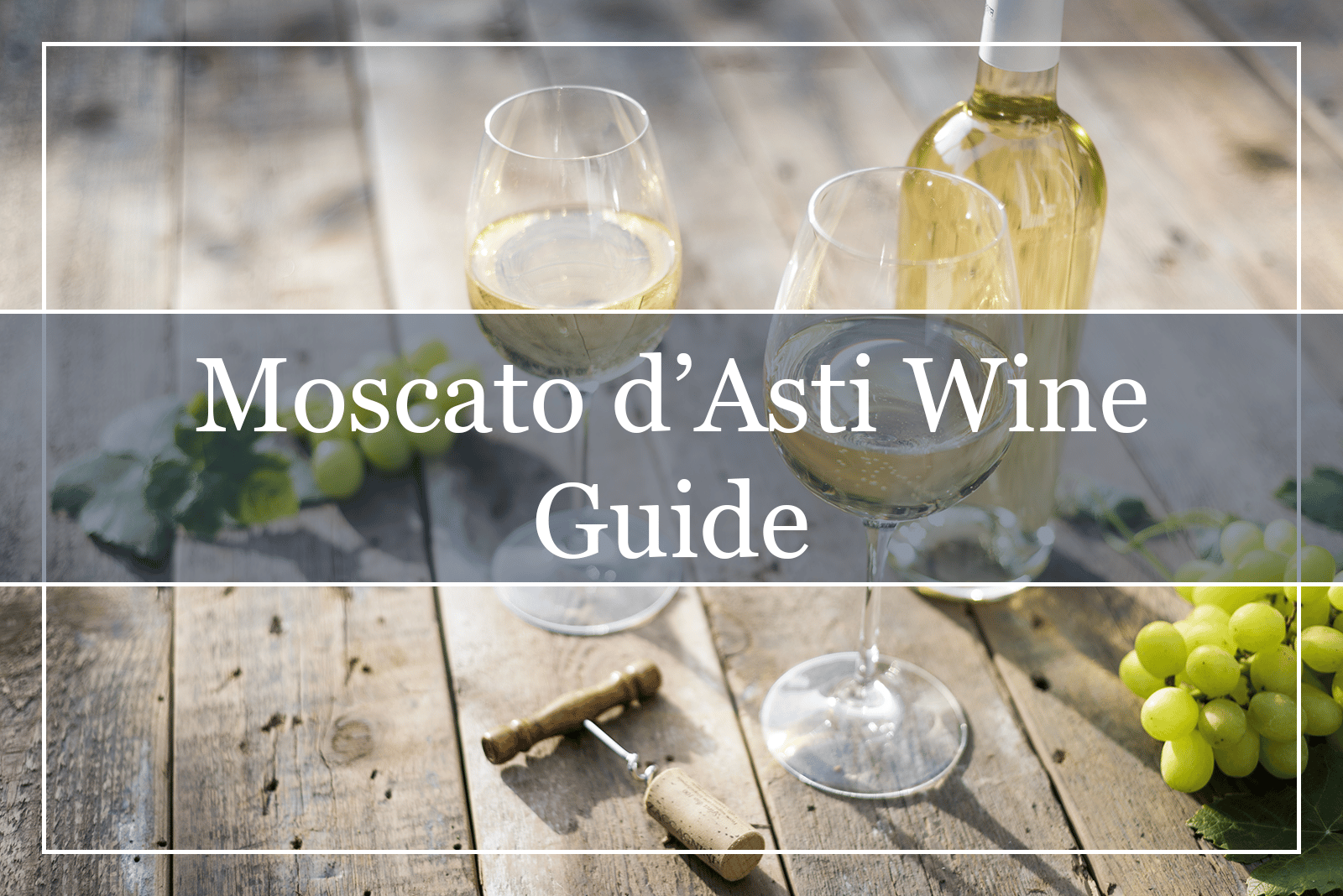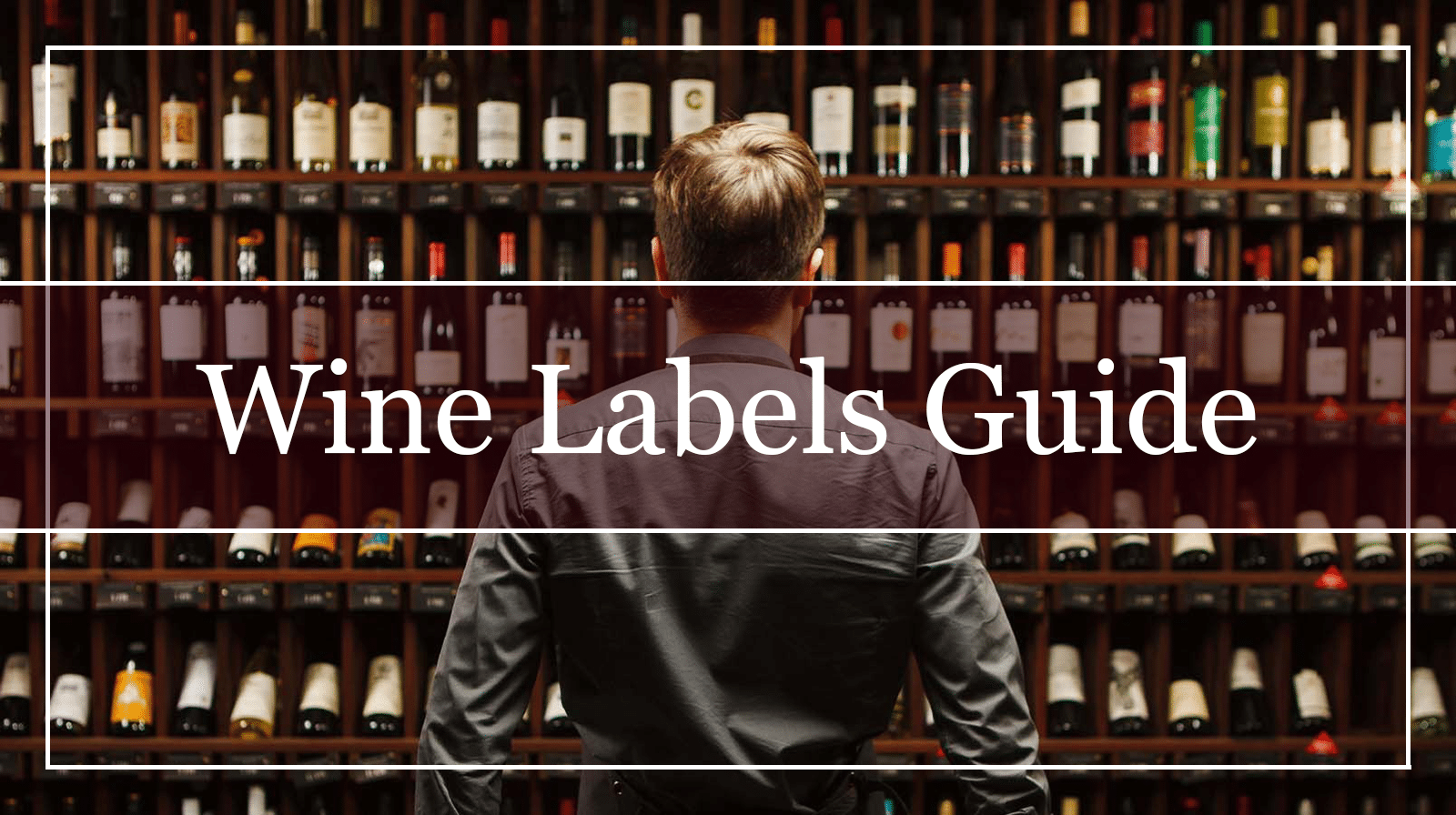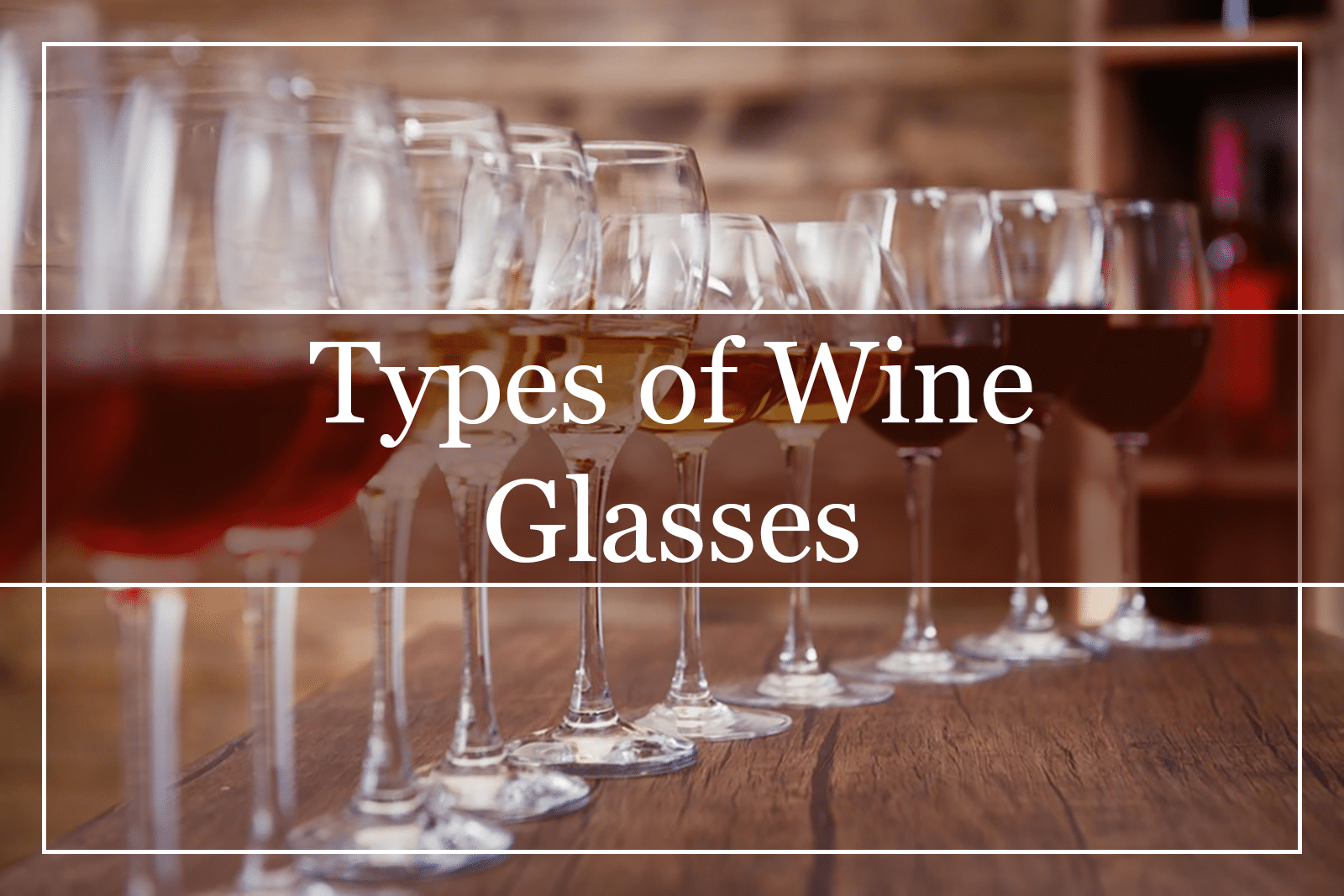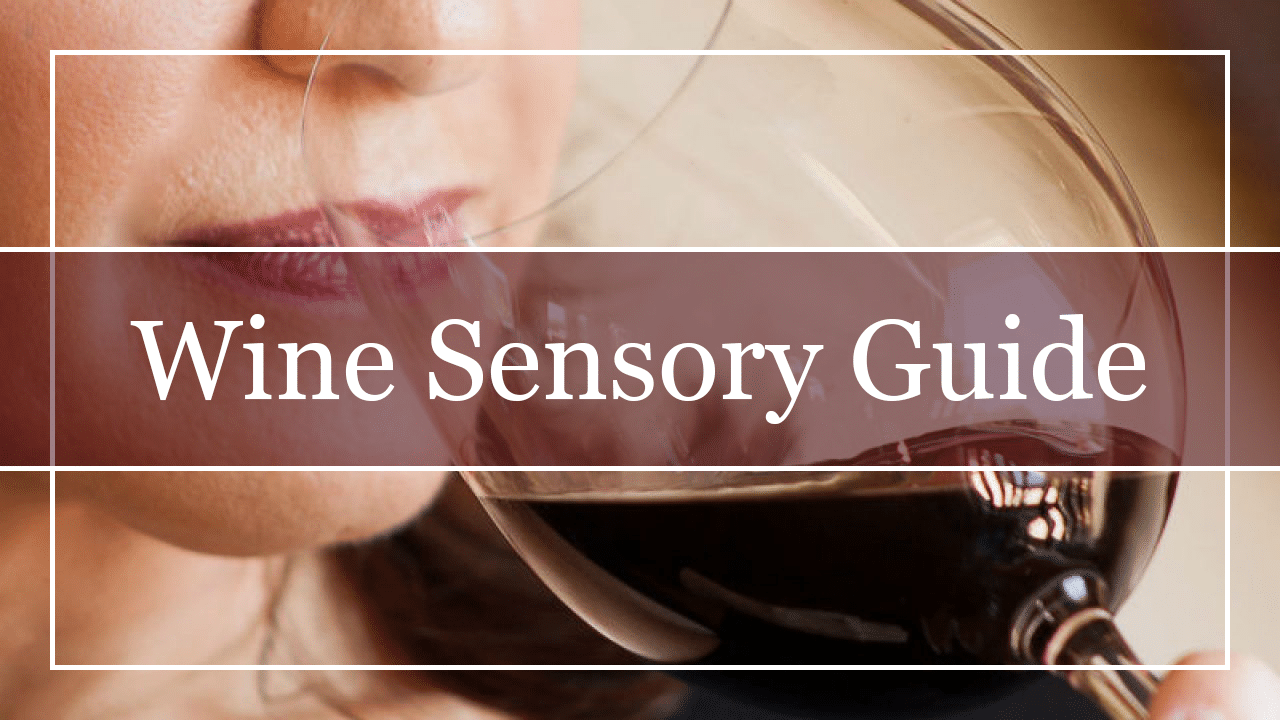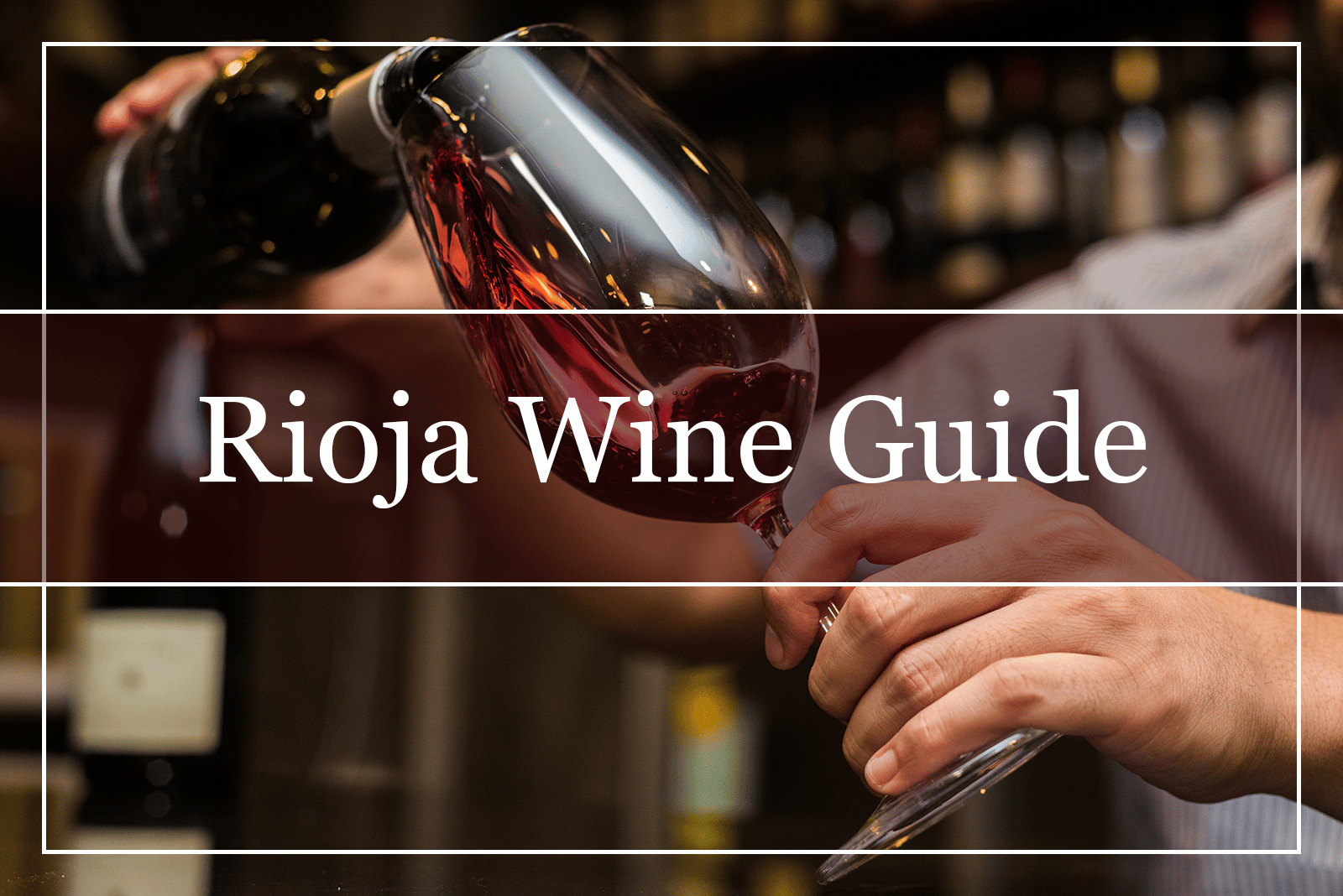What Is Chianti?
Chianti is a dry red wine of the Sangiovese grape variety, from Tuscany, central Italy, Chianti is one of the most renowned Italian wine-making zones. More specifically, Chianti lies between Siena and Florence and produces up to 20 million gallons of wine (75 million liters) every year, more than any other Italian wine region.
Historically, the Grand Duke Cosimo Medici III founded the first exclusive Chianti zone in 1716. Likewise, during the late 19th Century Barone Ricasoli of Castello di Brolio winery, laid the foundations of the modern Chianti style. The highest regarded wine-making zone in Chianti is the Chianti Classico zone. Within the Classico zone, the best area of Chianti production seems to be the Chianti hills, codified in the 1700s. Chianti Classico bottles are decorated with the iconic black rooster (gallo nero) seal when sold in Europe.
The Chianti Classico Gran Selezione has been the highest quality level in the Classico zone since 2013. Qualifying for this prestigious classification is challenging, as there are two prerequisites. First, the Chianti grapes must be sourced from the Domaine, and second, the wine should have aged for at least 30 months, three of which in the bottle. Afterward, a special tasting committee must approve the wine.
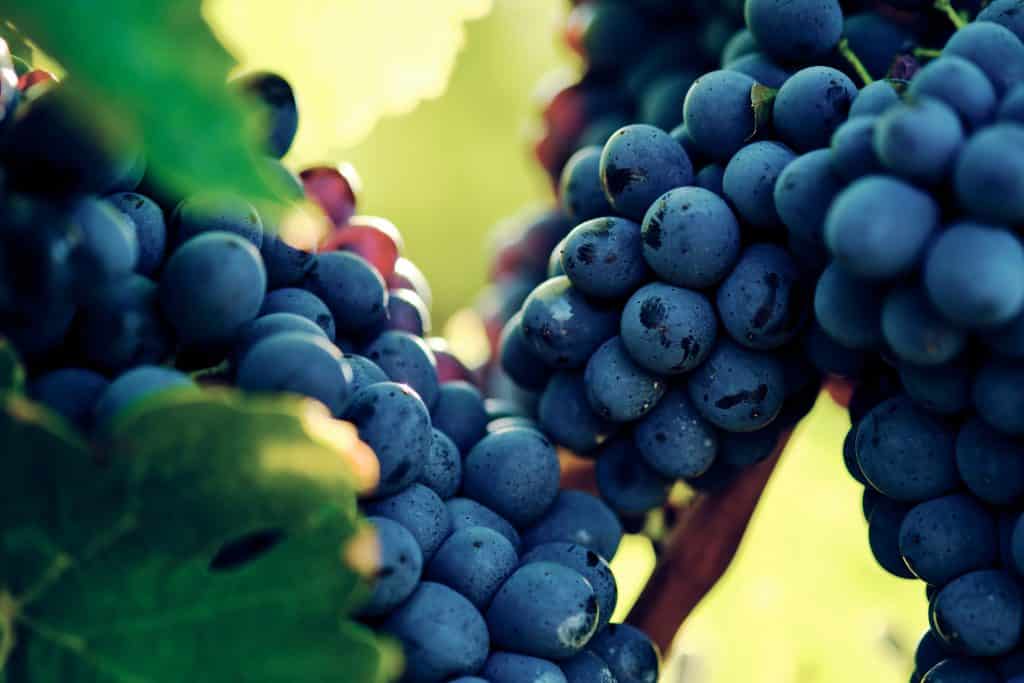
Except for the Chianti Classico Gran Selezione, there is also the lower-tier Chianti Riserva classification. The criteria for Riserva focus on aging rather than supply and grape quality. Chianti Riserva wines age for at least 24 months before release.
The next best Chianti wine making zone is the Chianti Rùfina. Together with other six sub-zones, such as Chianti Colli Fiorentini, Chianti Colli Aretini near Florence, Chianti Colli Senesi in Siena, and Chianti Montespertoli, Chianti Montalbano, Chianti Colline Pisane, Chianti Rùfina is situated within the Chianti boundary. These wines are allowed to use the name of the sub-zone or be released simply as Chianti.
The Chianti characteristics are defined by black and red fruit elements, savory notes, such as meat and leather, herbs, and baking spice. At the same time, Chianti shows fine-grained tannins and a really refreshing medium-high acidity.
As a final note, there are Chianti wines made from white grapes, too, but they are not very common. These wines are from wine grapes cultivated within the Chianti zone. Due to regulations, they must be labeled as Colli della Toscana Centrale IGT, Toscana IGT, or Alta Valle della Greve if the grapes are grown in the Greve Valley. In this review, though, we are going to explore red Chianti only.
What Color Is Chianti?
Let’s now take a look at Chianti color. The Sangiovese vine bears large bunches of thin-skinned grapes. These have a blue-purplish tone and are spectacular. As with most grapes, Sangiovese is a member of the Vitis vinifera variety of the Eurasian grape species. During berry ripening the grapes become hard to the touch, with colors ranging from red to purple, and soft blue. At this point, the grapes fill with water and swell, increasing their sugar levels and flavors. At the same time, the acids levels become lower, and color pigments appear.
What Does Chianti Mean?
The first known use of the word Chianti took place in 1833, in the meaning of a dry red wine from the Tuscany region of Italy. The name of the wine derives from the Chianti mountainous area, which produces Chianti wine.
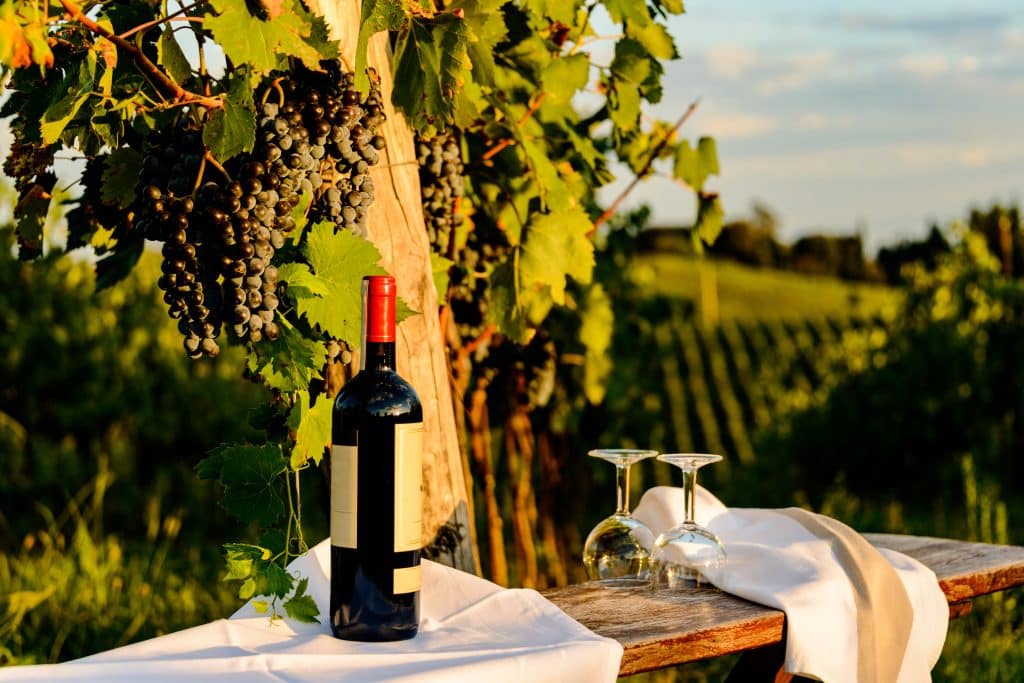
How to Pronounce Chianti?
Chianti wine is a popular wine style, and, as such, learning how to pronounce it correctly is of pivotal importance. Besides, pronouncing the name of this wine saves you from embarrassment when participating in wine competitions. There are many helpful resources online on how to pronounce Chianti in both audio and video formats. Chianti has three syllables, with the emphasis falling on the second syllable. Phonetically, the Chianti pronunciation looks like this:
kee-yaan-tee
Where Does Chianti Come From?
Chianti comes from the Chianti region of Tuscany. Chianti is located in the foothills of the Apennines between Siena, Florence, and Pisa. As mentioned above, Chianti covers a wide area and is divided into multiple sub-zones. Tuscany stretches down the western coast of central Italy. And it is divided into three regions: the Chianti region (in the north), the valleys and hills (in the south), and a flat coastal plain.
Just south of the Po Valley, the Apennine Mountains, which run the length of the Italian Peninsula, dominate Tuscany. The mountain range is beneficial to the Sangiovese vines, as the climatic conditions in Chianti and Tuscany are hot. For this reason, winemakers plant the grapes in the hills and valleys of the Apennines at a high altitude. In this way, they receive a well-needed moderating influence. Likewise, coastal regions benefit from cooling sea breezes, with vines being relieved from heat stress.
Italy has numerous native grape varieties and produces top-quality wines in different styles. It is a region that has been making and enjoying wine for at least a thousand years. More importantly, Italy promotes the value of the terroir above that of the winemaker which ensures consistently excellent wines.
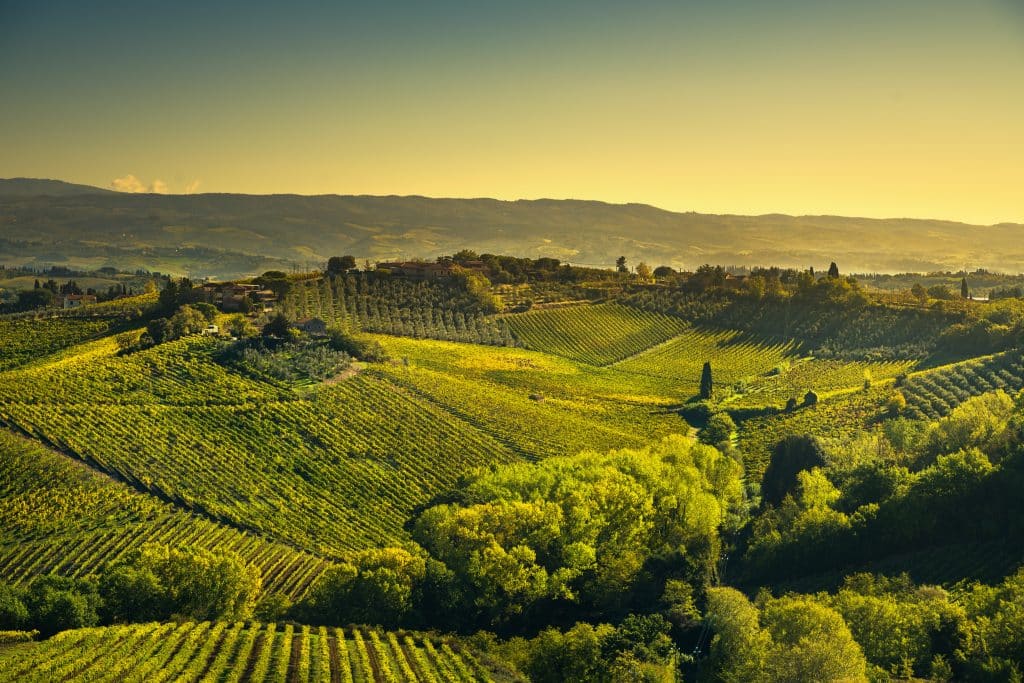
What Kind of Wine Is Chianti?
Chianti is crafted to be a medium-bodied, very acidic, ruby-red wine with cherry, berry, leather, and earth flavors. The wine also features high tannins, which contribute to its velvety texture and dry taste. Chianti is unpretentious and a favorite of wine enthusiasts. Strive to sip it at formal events or during a casual Sunday barbecue. On that note, Chianti Gran Selezione is served in fine dining establishments, so if you ever come across such a bottle, open it only on very special occasions.
Keep in mind that since 1996, Chianti wine must contain a minimum of 70% Sangiovese grapes. This percentage rises to 80% for the Classico classification and above. The local varieties of Calorino and Canaiolo are permitted in the blend, too, as are the international varieties Syrah, Merlot, and Cabernet Sauvignon. On top of this, the 1996 regulation enabled producers to label single-varietal Sangiovese Chianti wine. Using Malvasia or Trebbiano Toscano white grapes has been prohibited since 2006.
Is Chianti Dry or Sweet?
There is some misconception about whether Chianti is dry or off-dry. Sometimes the red fruit flavors taste sweet and juicy. However, a Chianti, whether tannic or fruity, will always be a dry red wine. On the contrary, a Vin Santo, also made by Chianti winemakers, is a characteristic sweet wine. Similarly, Malvasia and Trebbiano Toscano grapes are dried for months in the attic to enable the sugars to concentrate.
The longer they are left to dry, the more intense the resulting sugar contact will be, leading to a rich wine with nut and honey notes. As such, Malvasia and Trebbiano Toscano produce typical off-dry to medium-sweet wines. It is crucial to separate the plush cherry flavors from the wine’s sweetness level, as, by doing so, we define the best Chianti style for our tastes.
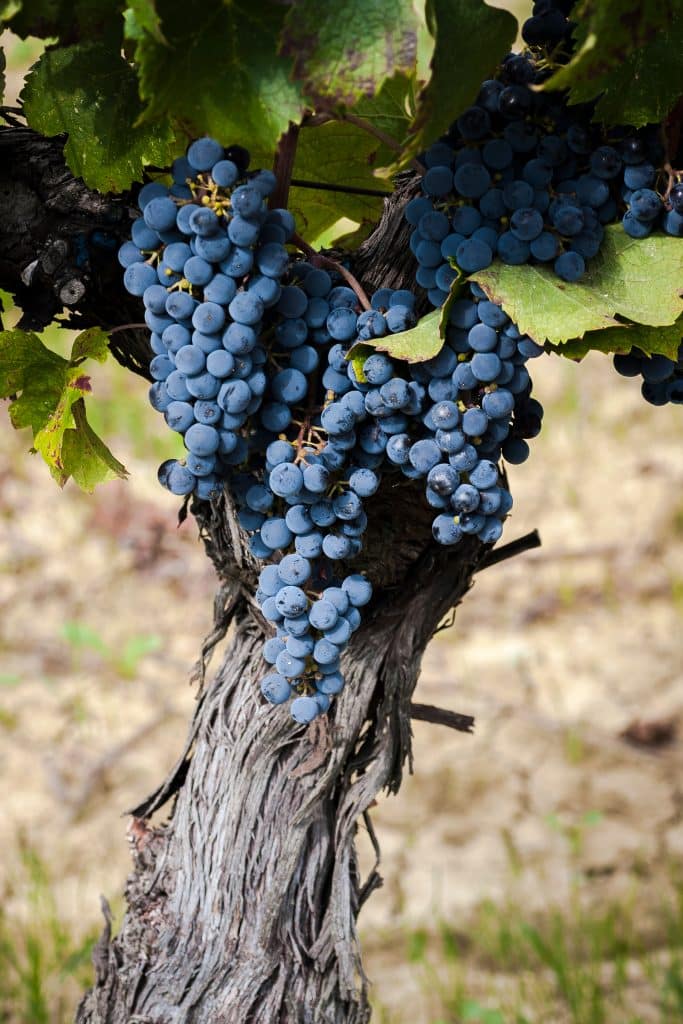
What Does Chianti Taste Like?
Typical Chianti tasting notes include red fruits, like cherry and raspberry, herbs, game, and sweet tobacco. To understand the Chianti aroma, conjure up images of preserved sour Amarena cherries, dried oregano, and dried salami. On the palate, flavors of game, thyme, and cinnamon spice dominate the mouth. Hints of espresso coffee blend with smoke and leather, too, as the Chianti taste is bold, dynamic, and complex. Tasting some tartness and stiffness is not surprising, as Sangiovese produces wines with a high tannic structure.
Chianti is highly acidic. In fact, the racy acidity is responsible for imparting a refreshing sensation, balancing the tart, slightly spicy, and herbaceous elements out perfectly. A few notes about Chianti Classico and Chianti Riserva: Chianti Classico is cherry-laden, with gripping tannins and balanced acidity. On the other hand, Chianti Riserva is full-bodied, structured, with subtle acidity and silky tannins. It has undergone oak maturation for at least 2 years and shows a fine texture of black cherries, chocolate, and floral notes.
How to Serve Chianti?
There are many ways to serve Chianti wine. Light-bodied Chianti, for instance, can be served chilled for the best taste. The cold temperature decreases the pronounced acidity and creates a softer finish and a better aftertaste. The best temperature to serve Chianti is 55-60°F (12-15°C). That said, even if the wine is a little cooler or warmer, don’t fret, as it will still be delicious.
Sommeliers suggest standard red wine glasses or tulip-shaped glasses when serving Chianti, as, due to their tall shape, they provide the wine more direct contact with air. That said, the typical red wine glasses are large enough to aerate the wine, too. The small opening and the tapered shape enable the aromas and the flavors to concentrate for additional taste.
Decanting Chianti is not mandatory, but a good Chianti bottle will benefit from extra aeration, nonetheless. For example, if you attempt to drink Chianti straight from a bottle, it may feel too acidic.
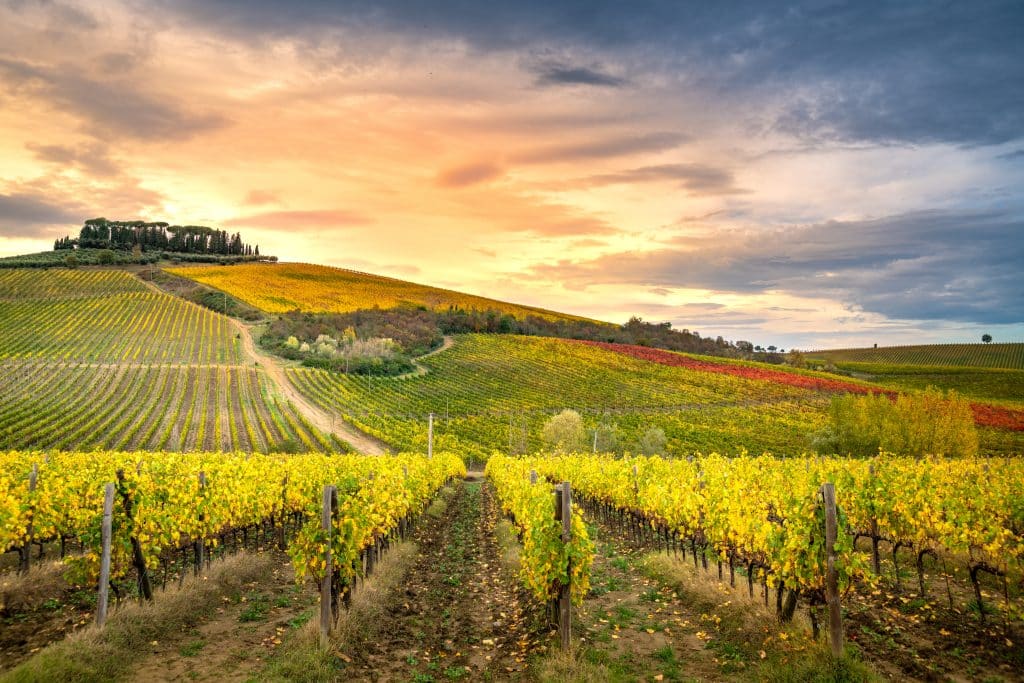
Suitable for Long-Term Storage
Chianti Classico is a high-quality wine and can reach great maturity. Generally, it withstands maturation for up to 10 years from the date of purchase. Meanwhile, Chianti Riserva develops even greater maturity, as it lasts 15 years or more in the bottle. But Chianti Gran Selezione is designed to stand the test of time. It should keep developing even after the 20-year mark.
Maturing a Chianti is relatively simple. Firstly, store it in a room with consistent temperatures (50-60°F or 10-15°C) and a portion of humidity. A cellar, for example, would be ideal for bottle maturation. Additionally, direct sunlight or artificial light must be avoided, as they cause damage to the wine. Strong light changes the compounds of the wine, harming its flavor, aromas, and characteristics. Sometimes, even the color becomes unappealing. The resulting wine is commonly known as lightstruck.
How Long Should Chianti Breathe?
Chianti ranges from light to medium to full-bodied, depending on its classification. It could be served with little to no aeration or left in the bottle to breathe for 30 minutes to an hour. If you opt to decant it, choose a ship’s decanter for the best results. While decanting, remember to keep the wine at the correct temperature, though.
What Food to Pair With Chianti?
The savory flavors, coarse tannin, and high acidity of Chianti make a divine match with several dishes and cuisines. When comes to Chianti food pairing, the wine’s high acidity cuts through oily and fatty foods. As such, the dusty tannin makes Chianti wonderful to pair with courses rich in olive oil, tomato, or meat, such as pastissada de caval (opt for beef if horse meat sounds too extreme) and risotto all’Amarone. The wine tastes great with slow-cooked beef ragú pasta, roasted wild boar leg, and venison meatloaf, too. If you do not feel like cooking, go for traditional pizza, as pizza is excellent with Sangiovese.
Chianti Cheese Pairing
Chianti accompanies delicious cheeses from sheep’s and cow’s milk, including Pecorino Toscano and Grana Padano. There are endless combinations. Try the wine with Fontina or Provolone for a sharp taste, for instance. But the best cheese pairing with Chianti is aged Parmigiano-Reggiano. As a nutty, firm cheese, Parmigiano-Reggiano works well with the pronounced fruitiness and smokiness of Chianti, which balances the cheese’s salty texture.
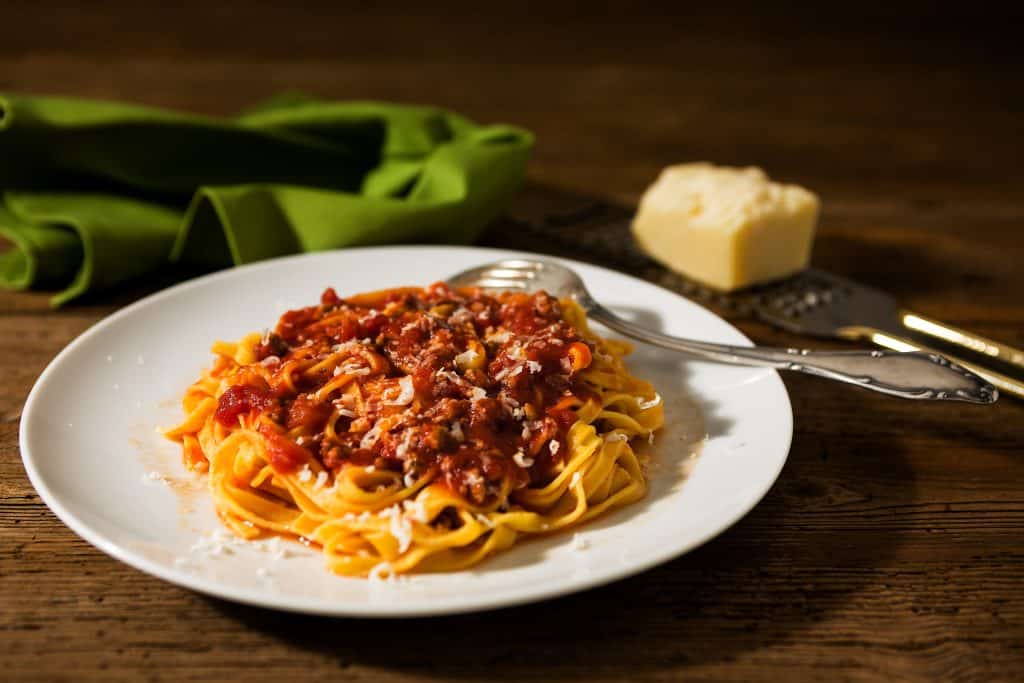
How Much Alcohol Does Chianti Have?
The amount of alcohol in Chianti depends on the Chianti style. That said, on average, the Chianti alcohol content is in the range of 12 to 13.5% ABV. Check the label on the bottle before purchasing to be more, and remember to drink in moderation.
How Many Calories Are There in Chianti?
Bear in mind that alcohol has calories! Almost every wine, including white, may have residual sugar up to 15%. The carbs in Chianti wine range from 4 to 7 per glass, and the calories are approximately 124 to 137 per serving. Wine fans on a diet do not need to worry about their wine consumption. They can decide how much to drink at lunch or dinner, thinking about their fitness. Besides, a glass of high-quality wine, such as a Chianti Riserva, brings brightness to the day, especially when consumed at mealtime with family.
What Is the Best Chianti Wine?
Check our selection of 10 Best Chianti Wines Under $20. I am sure you will love the wines we picked for you.
Conclusion
Chianti is fantastic. It smells and tastes like Italy. Without Sangiovese, though, it wouldn’t be as high-quality of a wine as it is. Sangiovese is Chianti’s heart. With flavors of cherry and plum, racy acidity, and a translucent ruby-red hue, Chianti is intriguing. Accents of baking spices and herbs also confer an earthy note to this dry red, as they combine harmonically with the velvety tannins for a mouthwatering result. When sipping Chianti, don’t rush things. Enjoy it slowly, as in Tuscany, the journey matters more than the destination. Perfetto!

